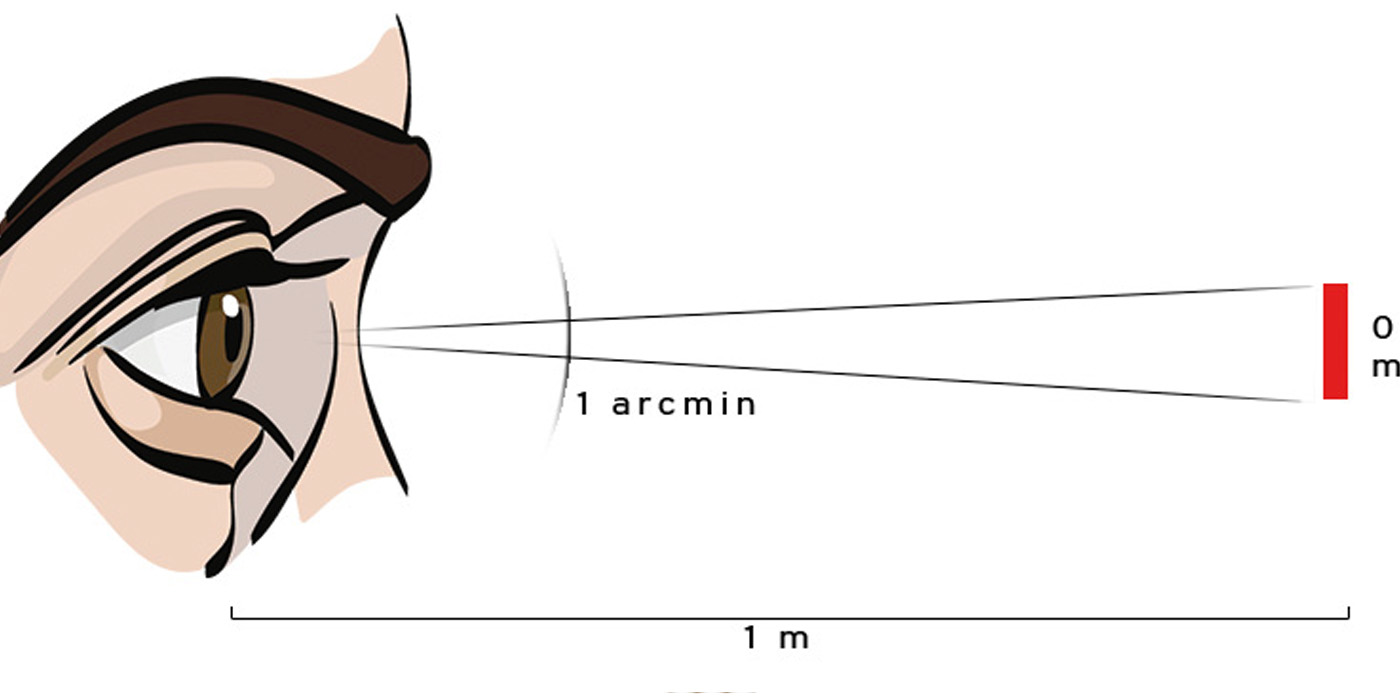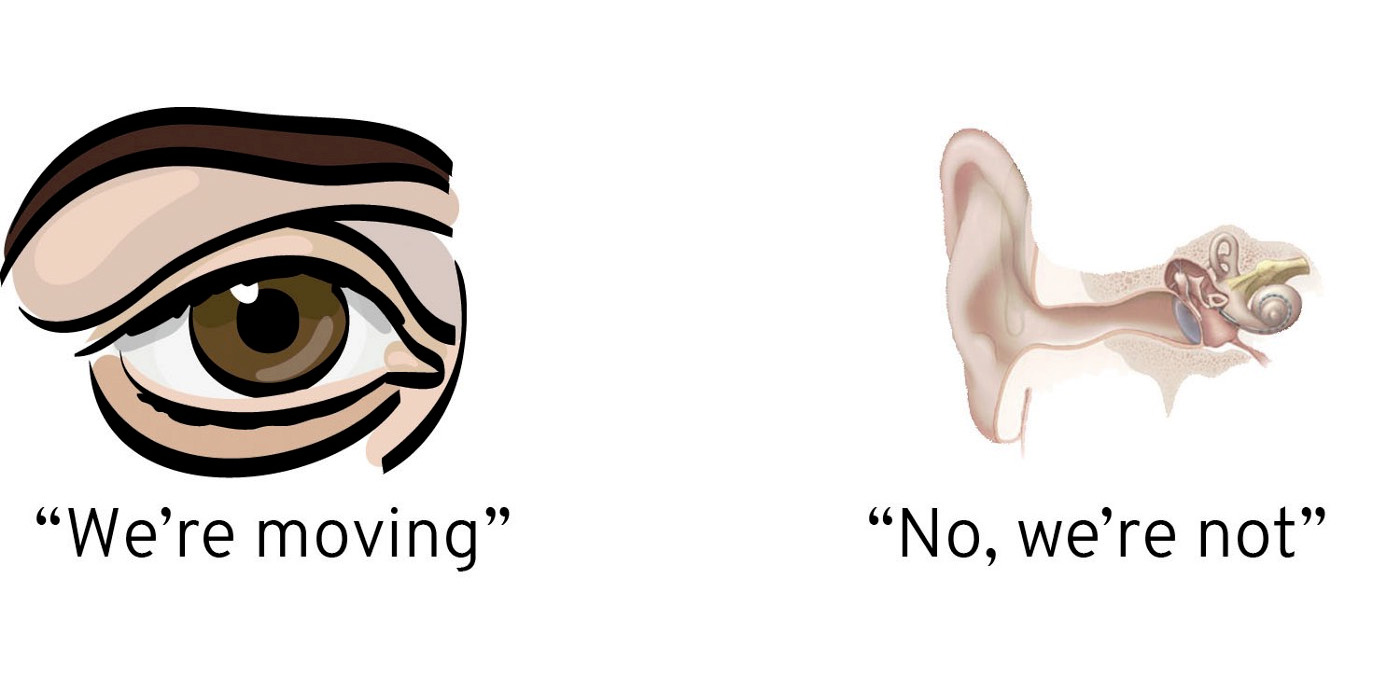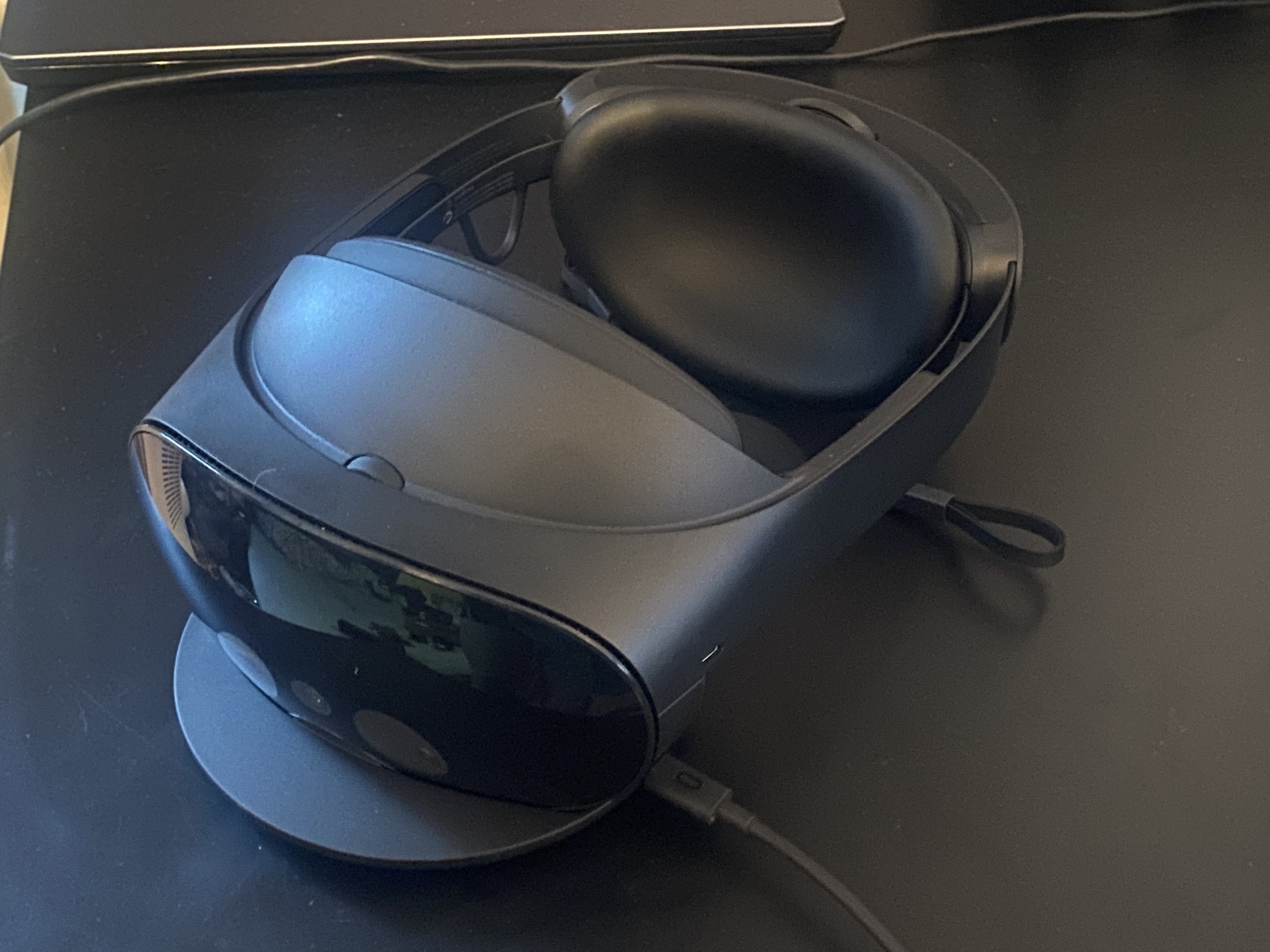Article
Screen Door Effect
By Admin
October 27, 2017
With VR era a lot people have noticed that when using VR headset, they’re not only looking like through binoculars, but also notice pattern of black spaces between pixels, so called screen door effect (SDE). When new VR HMDs appear, there is always a talk about SDE and people often confuse SDE with image quality. Let’s talk about what can human eye see, where this effect comes from, when it will go away and what does it mean. When talking about human eye resolution, we talk about angular resolution and we talk about the smallest thing we can see. It turns out that those with 20/20 vision can see things as small as 1 arc minute. That’s a 0.3mm thick line from 1m distance. And of course, people can have better vision than that, up to 0.6 arcmin.
Samsung pentile matrix, used in cell phones

Now let’s take a look at cell phone OLED screens, as screens used in VR HMDs are mostly modified cellphone screens. Screen consists of colored dots (sub-pixels) and black space between them. If this black space is at least 1 arc min in our vision, it means it becomes visible to our eye, if we are able to focus correctly. This causes the Screen Door Effect, when we’re able to see the black spaces between pixels.
Ways to reduce SDE
Now there are number of steps we can take to reduce this effect, for instance make the sub-pixels bigger, so there will be less black space between them — I believe Oculus Rift does this. Another way is to use diffuse filter like PSVR. Another way to drastically reduce SDE is to use LCD screen with classic 3 sub-pixel matrix, as you can see on the right image.

While eliminating the SDE can help the image in many ways, it doesn’t mean when we eliminate it, the image cannot get any better. As said above, people can see as small things as 1 arcmin. While we know the human eye field of view is about 175x120 degrees (single eye), so 11K x 7K per eye would be reaching the clarity of 20/20 vision. 17K x 12K per eye would reach the theoretical limits of what human eye can see. With Rift and Vive being 1K x 1K, you can get an idea of the road ahead of VR. While with Pimax 8K (LCD screens and 4K x 2K per eye) you may not see the SDE at all, but still there is a big room for improvement.
 Now let’s take a look at cell phone OLED screens, as screens used in VR HMDs are mostly modified cellphone screens. Screen consists of colored dots (sub-pixels) and black space between them. If this black space is at least 1 arc min in our vision, it means it becomes visible to our eye, if we are able to focus correctly. This causes the Screen Door Effect, when we’re able to see the black spaces between pixels.
Now let’s take a look at cell phone OLED screens, as screens used in VR HMDs are mostly modified cellphone screens. Screen consists of colored dots (sub-pixels) and black space between them. If this black space is at least 1 arc min in our vision, it means it becomes visible to our eye, if we are able to focus correctly. This causes the Screen Door Effect, when we’re able to see the black spaces between pixels.
 While eliminating the SDE can help the image in many ways, it doesn’t mean when we eliminate it, the image cannot get any better. As said above, people can see as small things as 1 arcmin. While we know the human eye field of view is about 175x120 degrees (single eye), so 11K x 7K per eye would be reaching the clarity of 20/20 vision. 17K x 12K per eye would reach the theoretical limits of what human eye can see. With Rift and Vive being 1K x 1K, you can get an idea of the road ahead of VR. While with Pimax 8K (LCD screens and 4K x 2K per eye) you may not see the SDE at all, but still there is a big room for improvement.
While eliminating the SDE can help the image in many ways, it doesn’t mean when we eliminate it, the image cannot get any better. As said above, people can see as small things as 1 arcmin. While we know the human eye field of view is about 175x120 degrees (single eye), so 11K x 7K per eye would be reaching the clarity of 20/20 vision. 17K x 12K per eye would reach the theoretical limits of what human eye can see. With Rift and Vive being 1K x 1K, you can get an idea of the road ahead of VR. While with Pimax 8K (LCD screens and 4K x 2K per eye) you may not see the SDE at all, but still there is a big room for improvement. 


